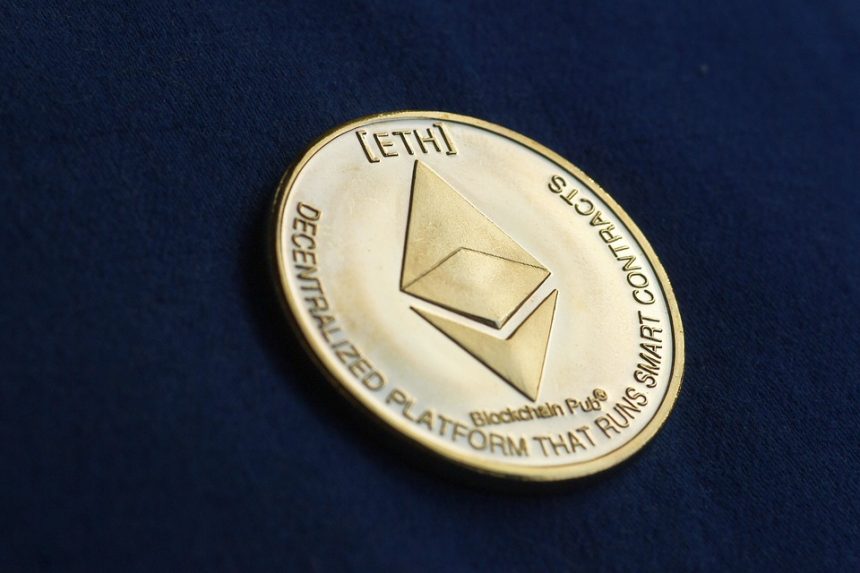As the cryptocurrency market continues to evolve, altcoins—the alternative cryptocurrencies to Bitcoin—are garnering more attention from investors, enthusiasts, and the broader tech community. This year has seen a surge in significant partnerships and platform upgrades that have bolstered the credibility and functionality of various altcoins. In this article, we spotlight some of the most notable developments in the altcoin space, examining how these changes are poised to impact their respective markets.
1. Ethereum (ETH) and Its Layer 2 Solutions
Ethereum has been a pioneer in the blockchain space, and it remains a focal point for altcoin traders and developers alike. One of the most impactful upgrades is the ongoing rollout of Ethereum 2.0, which aims to transition the network from a proof-of-work (PoW) to a proof-of-stake (PoS) consensus mechanism. This transition not only enhances scalability but also reduces energy consumption significantly.
Additionally, partnerships with Layer 2 scaling solutions like Optimism and Arbitrum are improving transaction speeds and reducing fees. Recent collaborations with major DeFi platforms have also enabled Ethereum to strengthen its position within the decentralized finance landscape, making it easier for users to engage in lending, borrowing, and trading with lower costs and enhanced efficiency.
2. Cardano (ADA) and Its Strategic Collaborations
Cardano’s focus on peer-reviewed research and academic partnerships is starting to reap rewards. The platform has announced collaborations with governments and educational institutions in developing nations, particularly in Africa, aiming to promote financial inclusion and blockchain education.
Notable within this space is Cardano’s partnership with Ethiopia, which implemented a blockchain-based system to track student performance in schools. Furthermore, the much-anticipated Vasil upgrade has enhanced Cardano’s smart contract functionalities, allowing developers to build more complex and interoperable decentralized applications (dApps).
3. Solana (SOL) and the NFT Ecosystem
Solana has emerged as a leading player in the NFT and DeFi arenas. Recent partnerships with various NFT marketplaces and projects have positioned it as a go-to platform for minting and trading non-fungible tokens. This surge in activity has been aided by upgrades aimed at improving transaction throughput and reducing latency.
Moreover, the network’s commitment to cross-chain interoperability through projects like Wormhole is essential for bridging assets across various blockchains, making Solana a versatile player in the ecosystem. As more developments materialize, Solana’s growth trajectory appears promising, particularly with its growing community of developers and users.
4. Polkadot (DOT) and Interoperability Advances
Polkadot is making headlines with its innovative approach to blockchain interoperability. Its unique relay chain architecture allows multiple blockchains to operate together seamlessly. The recent launch of parachains has opened the door to various decentralized applications and services, enhancing the overall utility of the DOT token.
Partnerships with projects like Chainlink and Moonbeam have underscored Polkadot’s commitment to creating an interconnected web of blockchains. These strategic alliances not only help in scaling applications but also ensure that data can flow freely across networks, a crucial aspect in the increasingly interconnected crypto landscape.
5. Chainlink (LINK) and Expanding Use Cases
Chainlink, the leader in decentralized oracles, has made significant strides by securing partnerships across several blockchain projects, including Ethereum 2.0 and Tezos. These collaborations enable smart contracts to access real-world data, helping developers build more dynamic applications.
The recent announcement of Chainlink’s Cross-Chain Interoperability Protocol (CCIP) has further expanded its relevance, allowing seamless interaction between different blockchains. As decentralized finance continues to grow, Chainlink’s ability to provide reliable data feeds will play a crucial role in the performance and security of DeFi applications.
Conclusion
The altcoin space is undeniably dynamic, illustrated by the major partnerships and platform upgrades taking place across various projects. As these altcoins continue to innovate and expand their utilities, investors are paying closer attention, often viewing these cryptocurrencies as viable candidates for portfolio diversification. While market volatility remains a factor, the underlying technological advancements and collaborations position altcoins not just as temporary trends, but as integral components of the broader blockchain ecosystem. Staying informed about these developments will be key for investors looking to navigate this rapidly evolving landscape.





